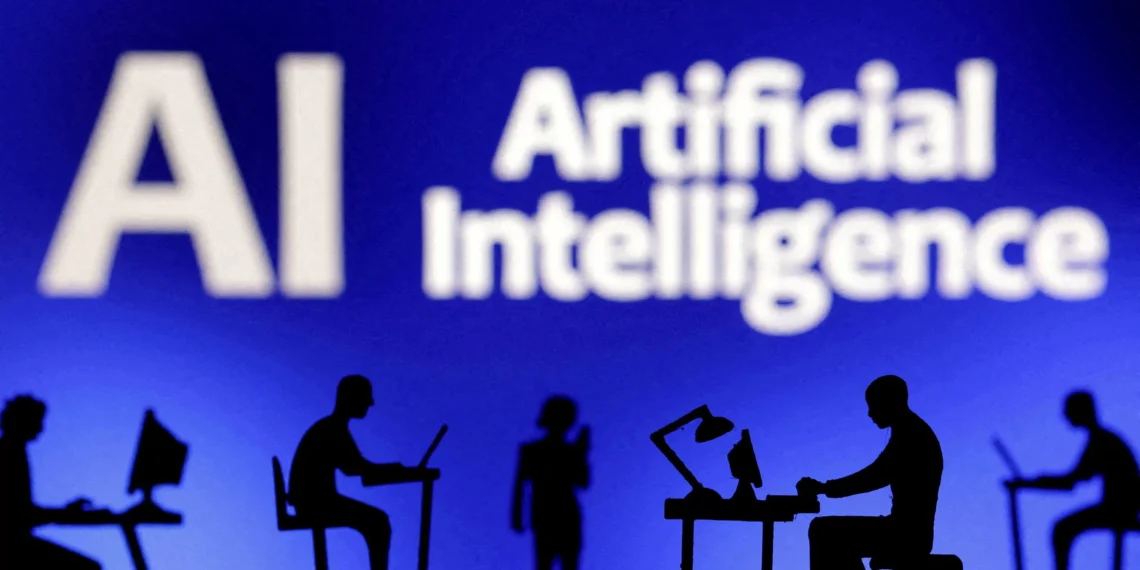In today’s fast-paced world, technology has become an integral part of our daily lives. From smartphones to smart homes, we are surrounded by artificial intelligence (AI) in various forms. While AI has undoubtedly made our lives easier and more efficient, it’s time we start thinking about its impact on the environment. The truth is, if you care about the environment, you should think twice about using AI, especially generative AI.
Generative AI, also known as deep learning, is a type of AI that uses algorithms to generate new content or ideas. This technology is used in various applications, such as image and speech recognition, natural language processing, and even creating music and art. While it may seem like a groundbreaking innovation, the truth is that generative AI comes at a high cost – the environment.
According to a recent study by the University of Massachusetts, generative AI uses 30 times more energy than a traditional search engine like Google. This is because generative AI requires vast amounts of computing power and data to function. The process of training these algorithms involves running them through millions of data points, which requires massive amounts of energy. As a result, the carbon footprint of generative AI is significantly higher than that of traditional AI.
The environmental impact of generative AI goes beyond just energy consumption. The production and disposal of the hardware needed to run these algorithms also contribute to environmental degradation. The manufacturing of computer chips and other components requires the use of rare earth minerals, which are often mined in environmentally damaging ways. Additionally, the disposal of these components after they become obsolete also poses a threat to the environment, as they can release toxic chemicals into the soil and water.
Moreover, the use of generative AI also leads to a never-ending cycle of consumption. As technology advances, newer and more powerful hardware is needed to run these algorithms, resulting in the constant production and disposal of electronic waste. This not only adds to the carbon footprint but also contributes to the growing problem of e-waste.
So, what can we do to mitigate the environmental impact of generative AI? The first step is to raise awareness about this issue. Many people are unaware of the energy consumption and environmental consequences of using generative AI. By educating ourselves and others, we can start making more conscious decisions about our use of technology.
Secondly, we need to hold companies accountable for their use of AI. As consumers, we have the power to demand more sustainable practices from companies. We can choose to support businesses that prioritize the environment and use AI responsibly. Additionally, governments can also play a crucial role in regulating the use of AI and promoting sustainable practices.
Furthermore, we should also explore alternative solutions that use less energy and have a lower environmental impact. For instance, instead of relying solely on generative AI, we can combine it with other technologies such as human input or traditional algorithms. This can not only reduce energy consumption but also improve the overall efficiency of AI.
It’s also essential to consider the long-term consequences of our actions. While generative AI may seem like a convenient and innovative solution now, it’s crucial to think about its impact on future generations. By using excessive amounts of energy and contributing to environmental degradation, we are jeopardizing the future of our planet.
In conclusion, if you care about the environment, it’s time to start thinking twice about using generative AI. While this technology has undoubtedly brought many benefits, its environmental impact cannot be ignored. As responsible citizens, it’s our duty to use technology in a way that is sustainable and does not harm the environment. Let’s work towards a future where AI and the environment can coexist harmoniously.






